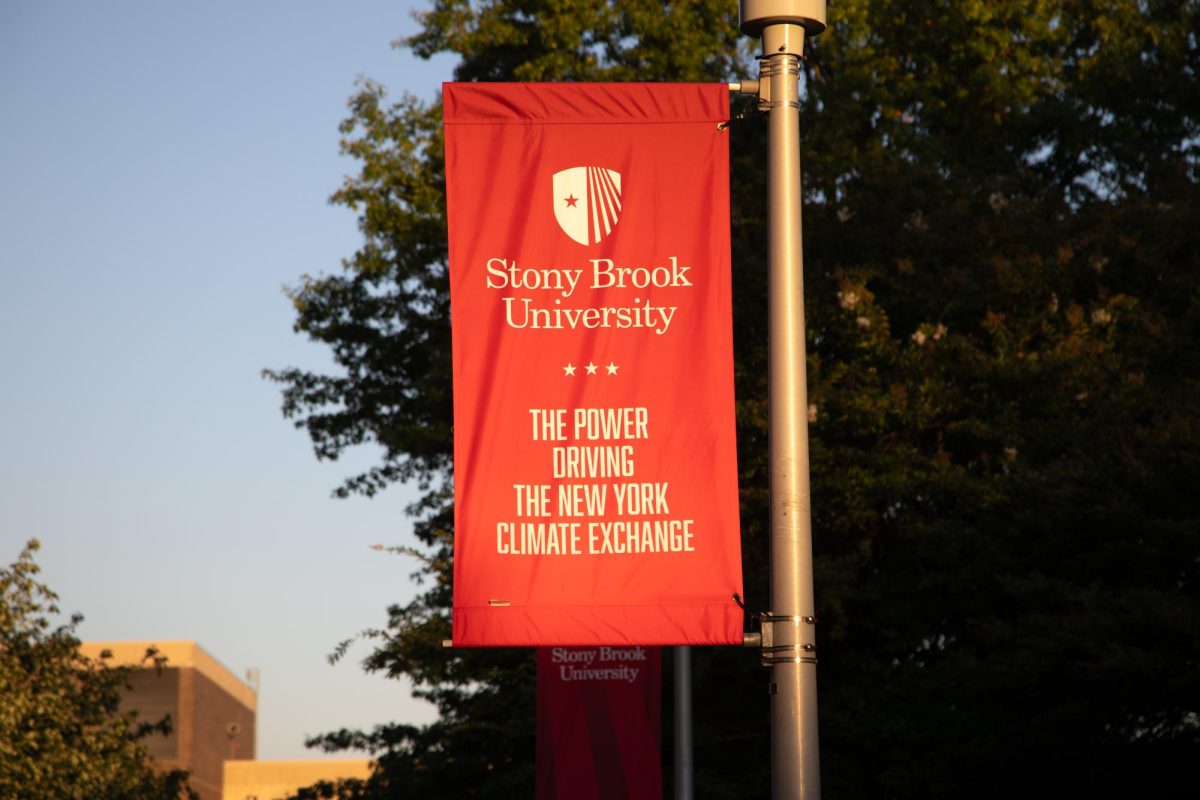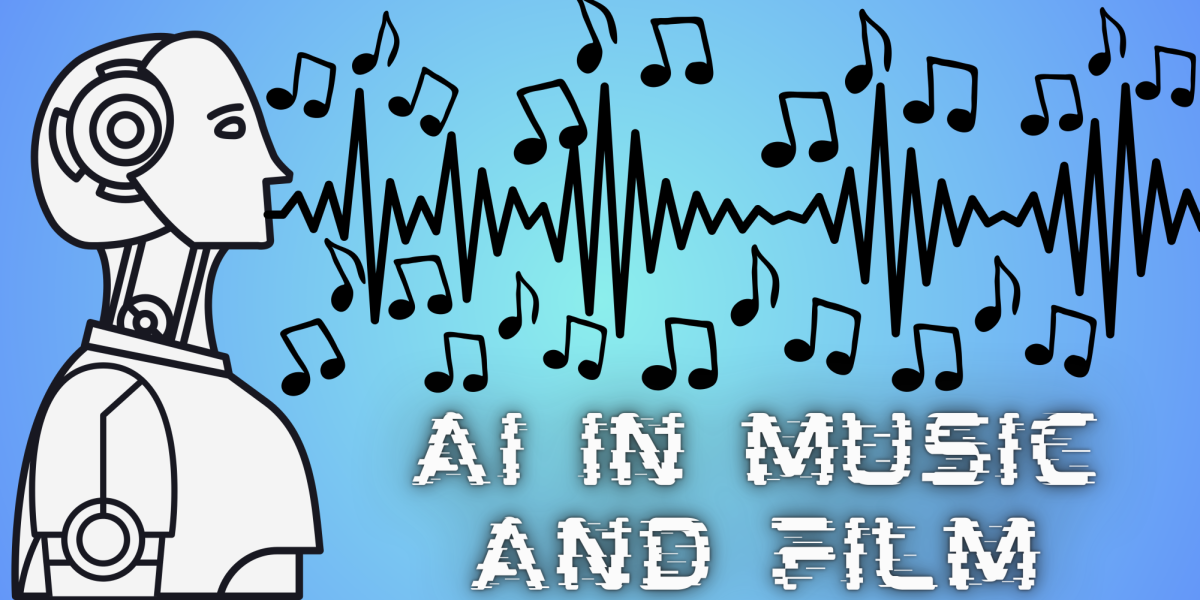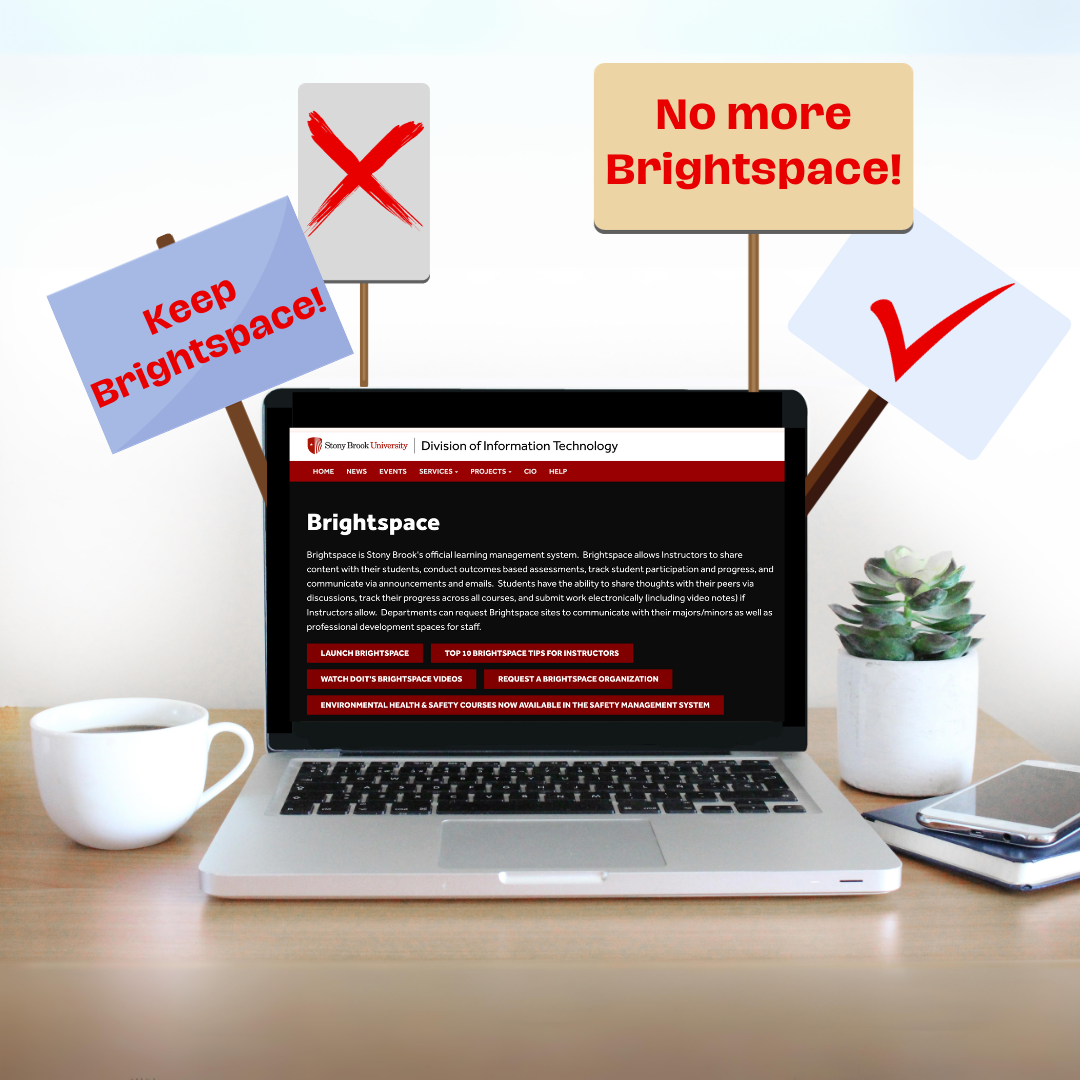
Seasonal depression, formally known as seasonal affective disorder (SAD), is one type of psychological mood disorder that is linked to depression. According to Johns Hopkins Medicine, SAD is a mood disorder that mimics symptoms of depression, with triggers being shorter days and less daylight in the fall and winter.
According to the American Psychiatric Association, approximately 5% of American adults have experienced SAD.
“[SAD] tends to happen in geographical regions that are further from the equator, as there is less sunlight,” said Dr. Lucian Manu, the director of neuromodulation in the Department of Psychiatry and Behavioral Health at Stony Brook Hospital.
Manu, who also directs and leads a research program for those struggling with mood disorders, explained that SAD episodes typically occur during a four-to-five-month span throughout the fall and winter seasons.
According to Manu, it is common for people who suffer from SAD to be relieved of their depressive symptoms once the longer days and warmer months arrive.
“[These changes] mimic symptoms of depression,” Manu said. “Such as almost daily or daily experiencing sadness that comes out of nowhere or overtly appropriate for situations, losing interest in things, experiencing appetite or weight loss and energy changes — sluggish, tired and not as willing to do usual activities.”
However, the opposite may also hold true for others.
Some people may experience an increase in appetite and weight gain and become stimulated with energy that is “usually not constructive.” Manu described it as an agitated, activated energy that is good for neither the brain nor the mind.
SAD can also disrupt the sleep cycle, with some not sleeping enough (falling on the spectrum of insomnia) or sleeping too much (falling on the spectrum of hypersomnia). People with this disorder tend to have changes in their outlook on themselves and situations, typically feeling more frequent or stronger senses of hopelessness, helplessness, worthlessness and, at an extreme, can feel so depressed that they may feel suicidal.
All of these changes alter the brain’s hormones and neurotransmitters — specifically and most predominantly serotonin, dopamine and melatonin.
Melatonin is the hormone responsible for facilitating the body’s sleep-wake cycle, also known as circadian rhythm. It is also responsible for regulating energy and the stages of sleep.
Serotonin facilitates the body’s sleep-wake cycle, in addition to performing a variety of other functions, such as feelings of happiness, transmitting messages across nerves between the brain and the body and healing.
Dopamine is the neurotransmitter responsible for pain and pleasure. These hormones and neurotransmitters regulate essential body functions and processes, so when their normal functioning is disrupted by insufficient sunlight exposure, the changes can put a damper on one’s capabilities, both mental and physical.
For example, Manu stated that “there is some evidence that people with SAD have an increase of melatonin production,” so when there is less daylight for the melatonin to constantly adjust its levels, one might experience these effects since melatonin goes hand-in-hand with serotonin and dopamine. Serotonin releases melatonin and dopamine inhibits the effects of melatonin, disrupting the sleep-wake cycle by causing the body to be more alert.
He also attributed another potential cause of the changes in thinking, feeling and behavior to vitamin D deficiencies that occur when there is less sunlight for the human body to absorb. He mentioned that having lower levels of vitamin D is correlated with SAD symptoms.
While there is a lot of knowledge about SAD, there are still questions and research being conducted about why some people experience SAD in different forms than others. After all, not everyone experiences SAD, not even those in the same geographical region — and if they do, the severity may be different.
“Some people are genetically predisposed or [experience psychological and/or biological] vulnerabilities,” Manu said. “In general, any illness can develop from this equation [of] vulnerable terrain and a timely factor. When happening at the same time, can affect some people into having the disorder or with more severity than others.”
According to a study from MedlinePlus, “SAD does not have a clear pattern of inheritance in families. Studies have found that approximately 15 percent of individuals with seasonal affective disorder have a first-degree relative who also has the condition. Studies show that 25 to 67 percent of people with seasonal affective disorder have one or more relatives with such a disorder.”
For those who are afflicted with SAD, Manu recommends several forms of treatment. One tool he recommends is a device called a lightbox, which can reduce the effects of seasonal depression when individuals use it for 20-30 minutes a day, most often in the mornings. The light emanating from the device works to active the human brain’s hormones and transmitters. This mimics the more “normal” cycle of waking up in the spring and summer, where there is more natural light.
Manu also recommenced vitamin D supplements as a form of treatment, as well as maintaining a lifestyle that includes activities that bring feelings of joy.
“Doing exercise and physical activities, and doing things that make you happy and keep you occupied are all important and aid in the minimization of SAD symptoms,” he said.
















Marc Andrew • Nov 19, 2023 at 3:01 pm
It might help if we stopped turning the clocks back every November. No one wants it to get dark at 4;30PM.